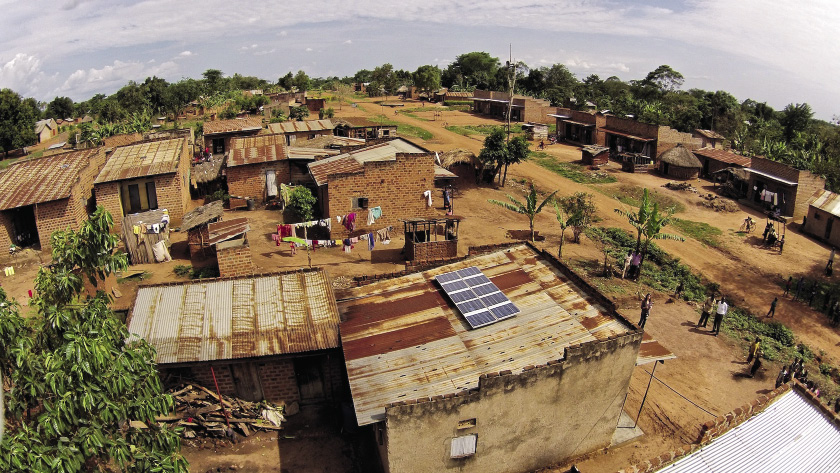Machine learning: ‘New electricity’ enabling access

Kyle Bradbury of Duke University is using satellite and drone imagery to automatically detect solar PV panels, in order to more effectively map electricity infrastructure in data-poor regions.
Image: USAID
Stay informed
pv magazine is the leading trade media platform covering the global solar photovoltaics industry. Log in or purchase a digital or print version of this issue to read this article in full.